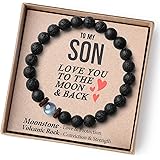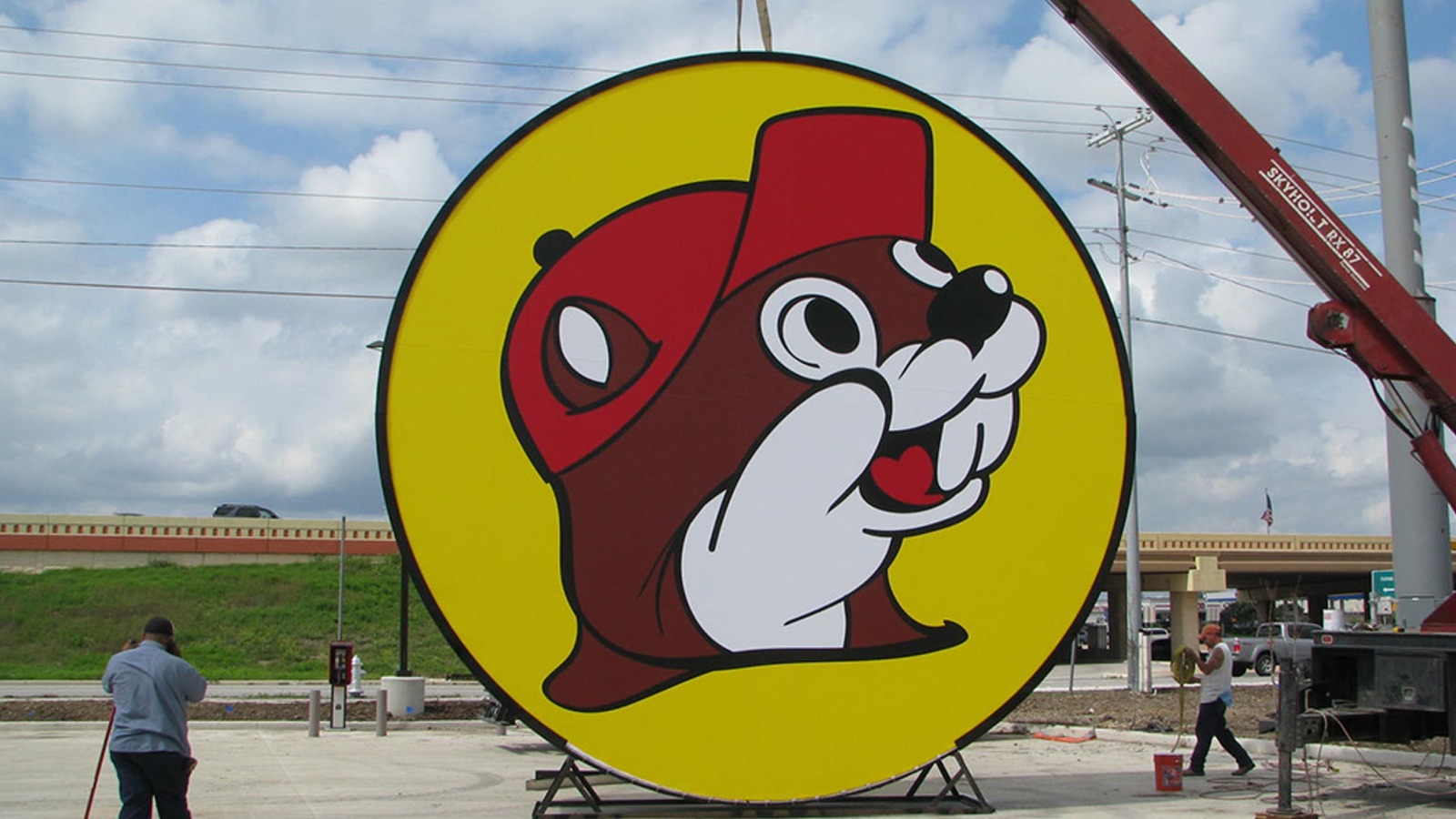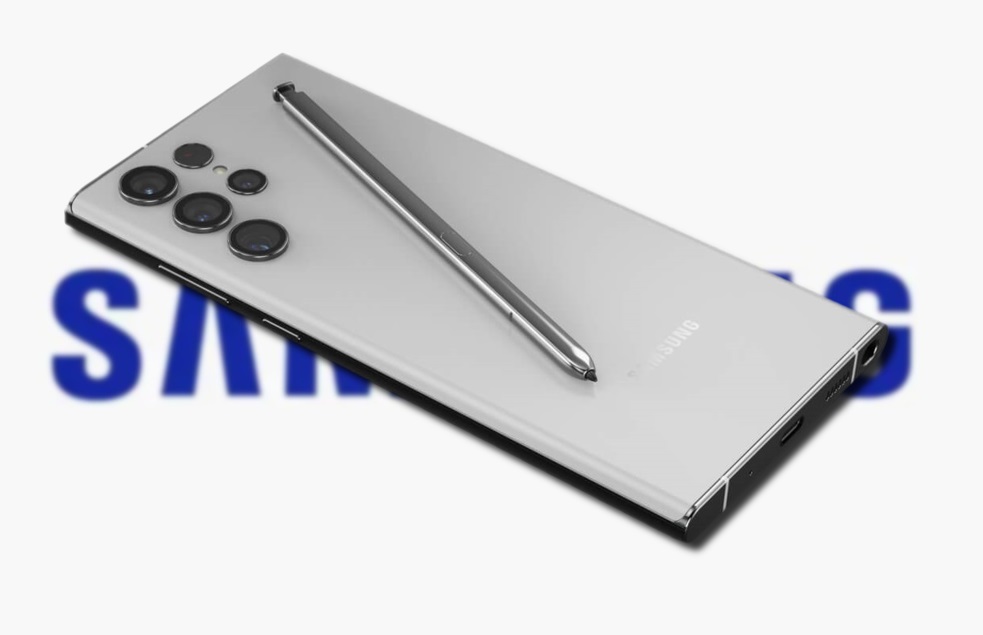Photos from a fly-by of Mercury, the least-explored planet in our solar system, show ithas a crater-riddled surface that resembles Earth’s Moon.
The photos came from BepiColombo, a joint mission between the European Space Agency (ESA) and the Japan Aerospace Exploration Agency (JAXA) that launched from Europe’s Spaceport in 2018. The mission has two linked orbiting spacecraft, the Mercury Planetary Orbiter and the Mercury Magnetospheric Orbiter. The mission is planned to reach Mercury’s orbit in late 2025.
BepiColombo aims to gather more information about Mercury and its composition, and how it evolved so close to our Sun. Temperatures on Mercury can exceed 350 degrees Celsius, or about 660 degrees Fahrenheit.
ESA explains where the craters came from and what the surface of the planet is believed to be like:
One theory is that it may have begun as a larger body that was then stripped of most of its rock by a giant impact. This left it with a relatively large iron core, where its magnetic field is generated, and only a thin rocky outer shell.
Mercury has no equivalent to the ancient bright lunar highlands: its surface is dark almost everywhere, and was formed by vast outpourings of lava billions of years ago. These lava flows bear the scars of craters formed by asteroids and comets crashing onto the surface at speeds of tens of kilometers per hour. The floors of some of the older and larger craters have been flooded by younger lava flows, and there are also more than a hundred sites where volcanic explosions have ruptured the surface from below.
BepiColombo is named for Italian scientist Giuseppe “Bepi” Colombo, who helped develop the gravity assist procedure that the first spacecraft sent to Mercury, NASA’s Mariner 10, used in 1974. The fly-bys allow the spacecraft to use Mercury’s gravity to enter the planet’s orbit. Friday’s fly-by of Mercury was the first of six planned before it enters the planet’s orbit for closer study. BepiColombo will also build on data collected by NASA’s Messenger mission, which orbited Mercury between 2011 and 2015.
As the spacecraft get closer to Mercury, it will be able to take higher-res images. More images from Friday’s fly-by will be available in the coming days, ESA said.
Note: This article have been indexed to our site. We do not claim legitimacy, ownership or copyright of any of the content above. To see the article at original source Click Here













/cdn.vox-cdn.com/uploads/chorus_asset/file/25254978/deus_ex.jpg)